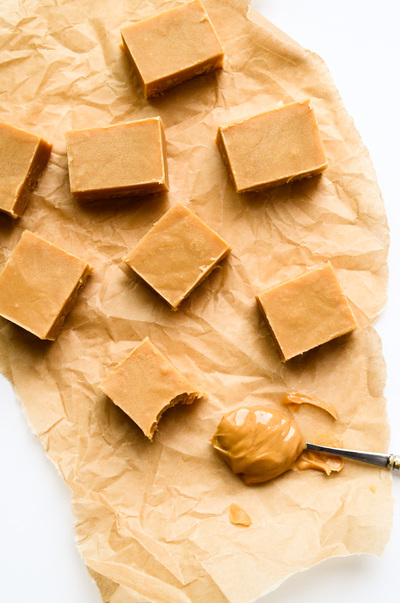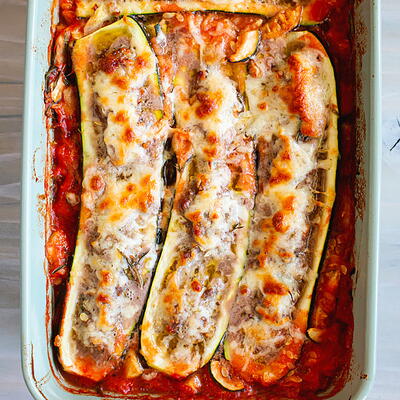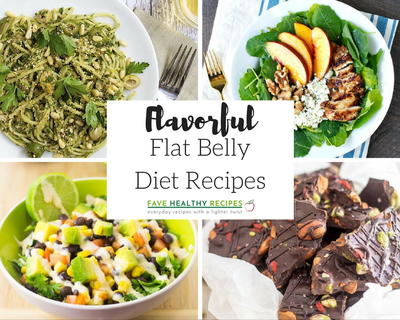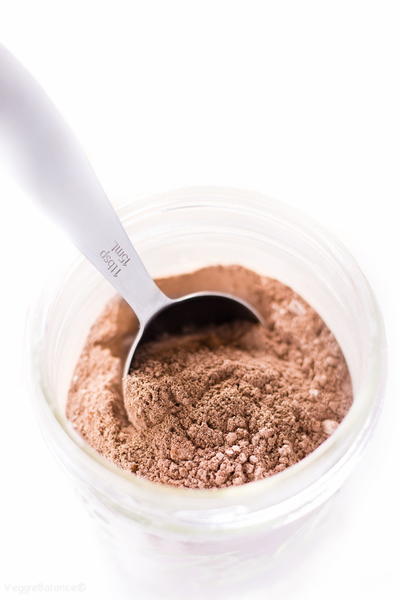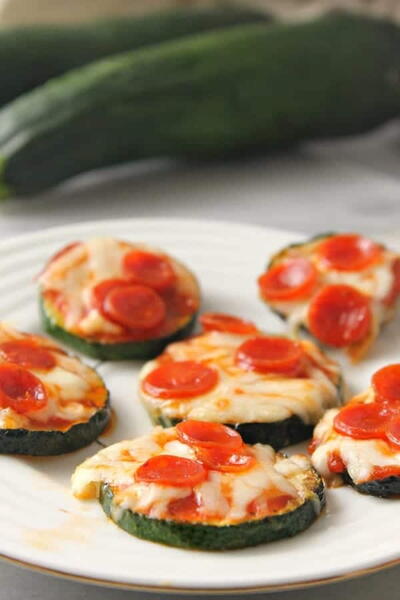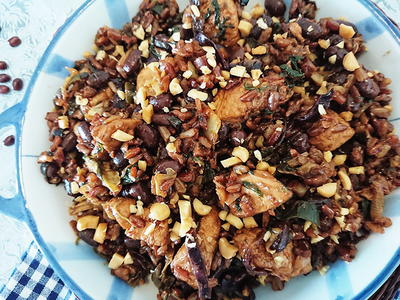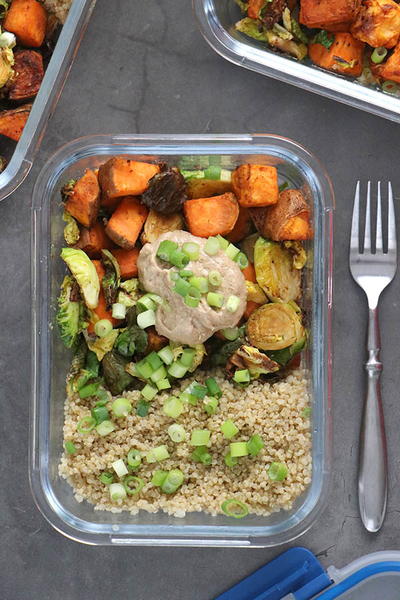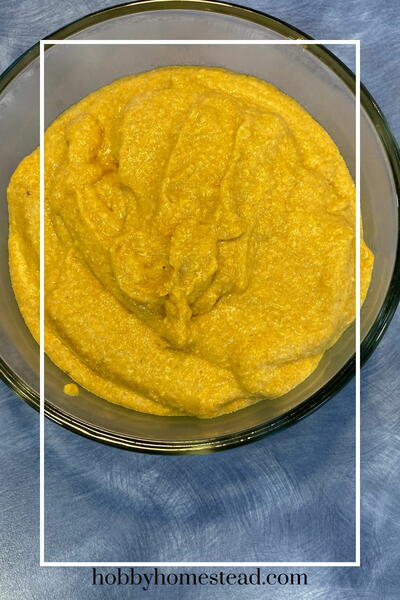The Sonoma Diet
What it is: Sonoma Diet book author Connie Gutterson, PhD, RD, has created a diet plan with the idea of making meals about “celebration, not deprivation.” Gutterson believes that dieters need not avoid the foods they love; rather, they need to learn how to eat the proper amounts of certain foods.
How it works: The initial 10-day period allows dieters to purge their homes of processed and high-fat foods. Foods allowed during this period include lean beef, asparagus, soba noodles, cottage cheese, olive-oil and unlimited herbs and spices. The diet book outlines recipes for this phase to assist dieters in keep on the plan. The second part of the plan, known as “Wave 2,” is where dieters should expect to lose most of their weight. Wave 2 adds fruits, vegetables and some sugar-free sweets. Once dieters reach their target weight, they enter Wave 3, which is designed to extend their diet into a long-term healthy lifestyle.
What you do: The first ten days of the diet are the most restrictive, but dieters are still permitted to eat whole grains, eggs and low-fat dairy. After the induction period, almost nothing is restricted, including wine and occasional sweets. Dieters are discouraged from foods with saturated fat, refined white flour and added sugar. Gutterson lists her 10 “power foods,” which include: almonds, bell peppers, blueberries, broccoli, extra-virgin olive oil, grapes, spinach, strawberries, tomatoes and whole grains. While the book does mention the importance of exercise, no specific plan is laid out.
Benefits: Experts praise The Sonoma Diet for allowing dieters to eat foods they enjoy. Some say they trust the information because Gutterson is a registered dietician, and believe that the main portion of the diet –Wave 2 – encourages a healthy and sustainable weight loss.
The Down Side: Experts worry about the highly-restrictive nature of Wave 1 and wish The Sonoma Diet had a bigger emphasis on exercise.
Read NextLow-carb Zucchini Pizza Bites

